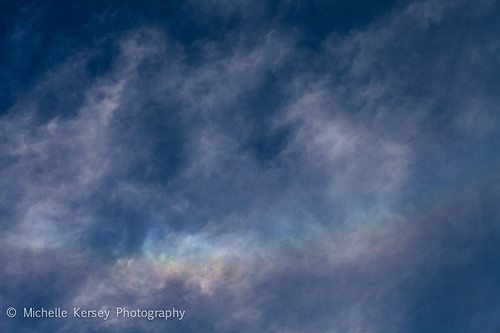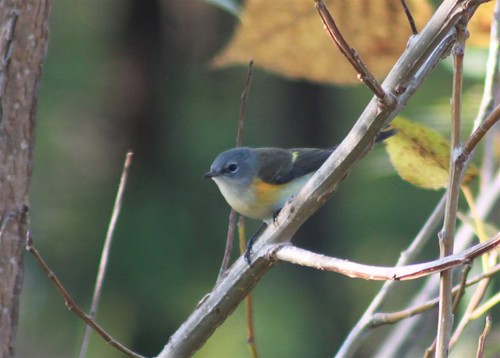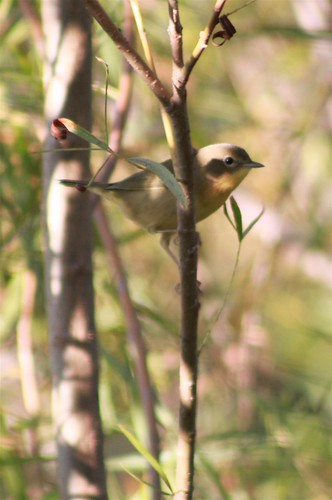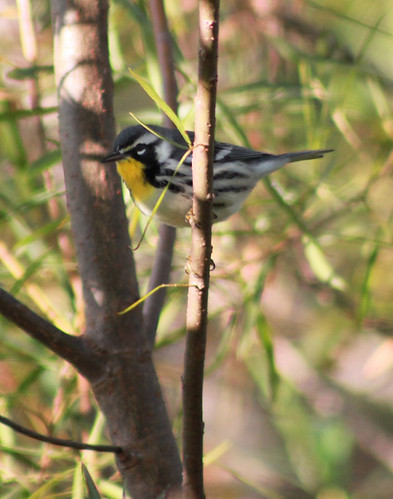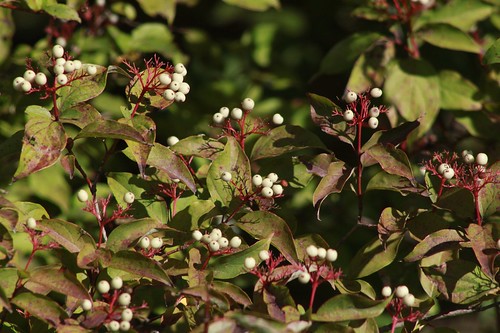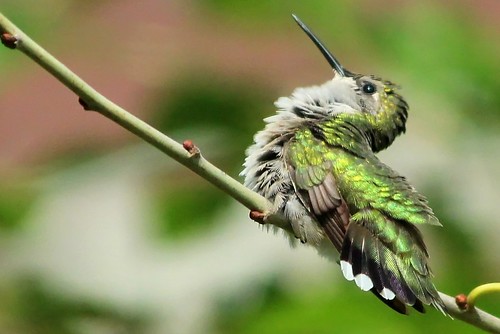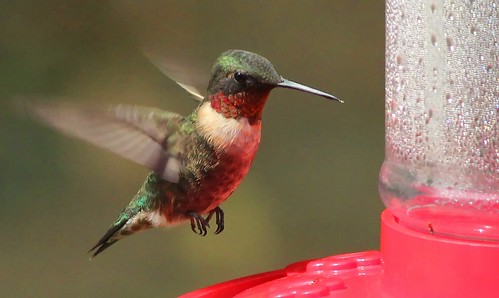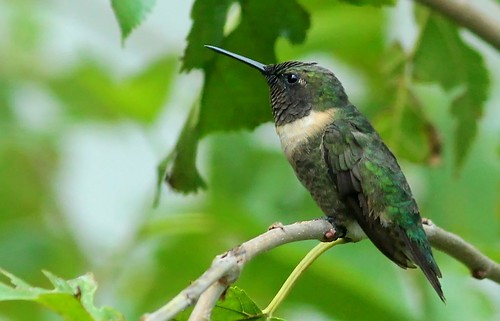This is part one in a series of four posts I will be doing about bird field guide apps. Stay tuned for the reviews of iBird, Peterson, and Sibley apps coming soon.
In the old days (like five years ago) a birder had to rely on only a trusted field guide, his memory, and wits to find and observe birds. But with the proliferation of smart phones, tablets, and other devices has come a rush of new apps aimed at helping birders identify birds in the field, recognize songs, and even pinpoint on a map the latest sightings in the area. These digital field guides have quickly become important tools in the birder's repertoire and are a great supplement to the standard field guide. In this article we will look at four such birding apps that are available today. We will examine their strengths and weaknesses to help birders decide which app is right for them. All apps are being tested on an iPod Touch.
We will consider four things when reviewing these apps that will allow us to compare all apps equally. First we will be looking at the user interface and how easy it is to navigate in the app between elements. In this section we will also look for any bugs or crashes that may occur. Second, we will review the quality of the illustrations and/or photographs in each app. Next we will look at the audio section in each app and review the quality and variation of bird vocalizations. Lastly, we will look at any extra features the app provides and discuss how this enhances the user's experience. Let's get started.
We will begin with the Audubon Society's app "Audubon Birds". On the home screen this app gives you a lot of choices on how to begin finding the birds you are looking for. It allows you to browse by shape, name, taxonomic family, or by search. The User Interface is clearly marked and is a breeze to use. When viewing a bird you have the choice of viewing an image, range map, vocalizations, description, similar birds, and more. The app glides smoothly between elements and there were no issues with freezing or crashes.

This app follows the standard Audubon field guide convention of showing only photographs and no illustrations. While I find this unacceptable for a hard copy field guide, it works much better in the digital field guide form. The reason for this is that there are multiple photographs showing different angles and field marks along with differences in ages and sexes. The static, often poor quality photograph found in the hard copy field guide is replaced with several outstanding high quality and beautiful photographs in the digital field guide and really make bird identification an easier task. Even better is that for many photographs there is a small button on the photo that you can press that will overlay important field marks and identification tips on top of the photo. This is a wonderful feature and keeps users from having to flip back and forth between the photo and description to identify their bird.

The audio portion of this app also stands out. Audubon has vocalizations for every bird and often includes multiple examples of songs, call notes, alarm calls, and other vocalizations. All audio is clear and easy to hear, making this one of the best apps for bird songs on the market. One feature that is missing is that there is no way to compare birds with similar songs like there are in other apps.
Audubon really put in time on the extra features this app provides. They could have left it as a field guide and it would have been a quality app, but the little extras added into the app are the icing on the cake. The most important feature is the integration with eBird that allows you to view birds that have been seen anywhere in the country. Just go to the ebird section and you will see a list of birds recently seen in your area. Clicking on a bird brings up a map with pinpoints showing exactly where the bird was seen and when. The app also includes a journal where you can keep notes and lists on the birds you've seen, and it also has in depth articles about bird molts and plumage, conservation, natural history, and much more.

In conclusion, this app really stands out for its amazing photography with identification tips, great audio section, and integration with eBird. There are no illustrations but that is how Audubon guides are usually put together. The multiple photos and angles makes up for the lack of illustrations in other bird apps. All in all, I would highly recommend this app for beginning and experienced birders alike.



 10:13 PM
10:13 PM




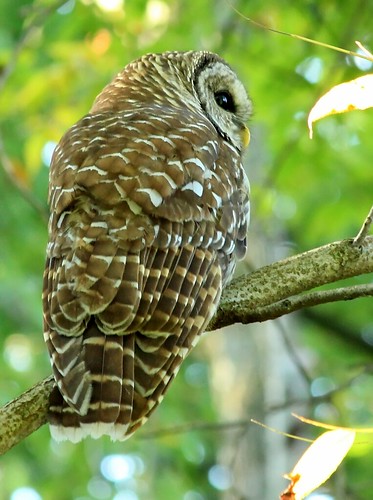
 Posted in:
Posted in: 